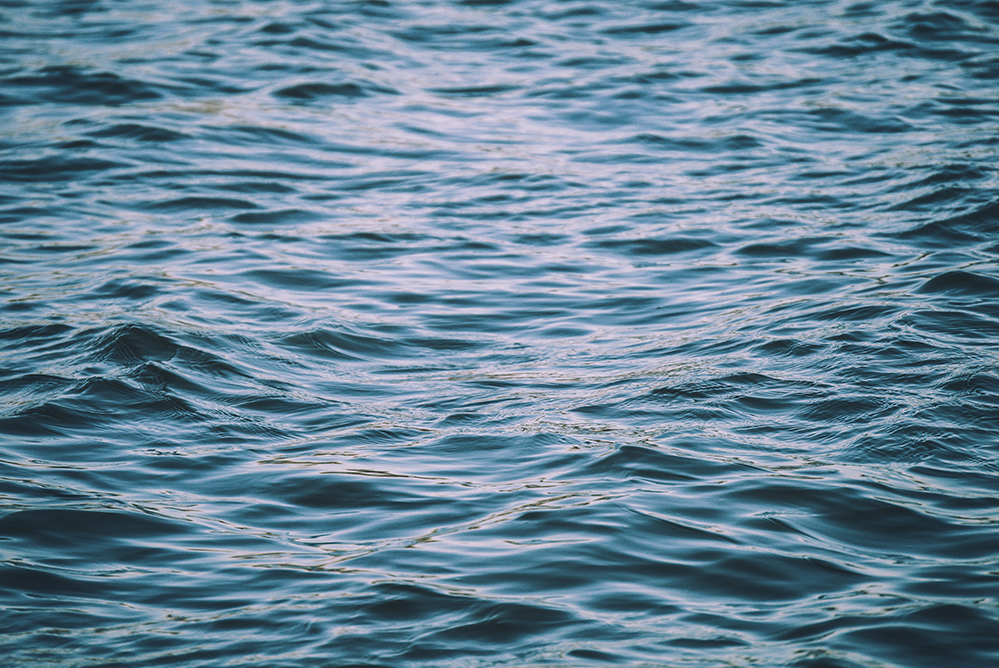NOAA Earth System ResearcH LABORATORY
About ESRL
The National Oceanic and Atmospheric Administration Earth System Research Laboratory was formed to pursue a broad and comprehensive understanding of the Earth system. The lab pursues research into the many physical, chemical, and biological processes that need to be dynamically integrated to better predict their behavior over spatial scales from local to global and temporal periods of minutes to millennia.
OUR wORK at Esrl
Given their broad research objectives, researchers at ESRL often pursue interdisciplinary work. Projects may examine airborne particulate physics, atmospheric processes, or solar effects with respect to distribution patterns and then integrate all of the findings. Projects can involve space, terrestrial, marine, or urban research questions intended to add further knowledge about the earth system.
SUMMER RESEARCH OPPORTUNITIES
NOAA ESRL will be offering four to six STAR Fellowships. Fellows can expect to work in small teams and must be highly motivated to tackle complex problems.
STAR Fellows may be selected to contribute to one of the long-term data collection projects ESRL manages. ESRL will also be conducting alternative energy and library science work which could benefit from STAR Fellows with appropriate skills and interests. Research mentors may provide background research reading before your fellowship begins.
Boulder is a very bicycle-friendly city and the lab makes bikes available to Fellows who are unable to bring their own. Fellows are also able to take advantage of affordable housing opportunities at the nearby University of Colorado arranged by the lab.

More About ESRL
Previous Summer Research at NOAA ESRL Includes:
- Synthesis of MS-Labile Crosslinker to Determine Protein-Protein
Interaction Networks in Various Biological Systems Using Crosslinking
Mass Spectrometry: Parisa Tavakoli-Dehaghi, Isil Hamdemir, Jie Luo, Jeff Ranish - Using Fscans to detect combs in LIGO Detector Characterization
Channels: Joseph Milliano, Greg Mendell - Visit the Cal Poly Digital Commons to browse additional projects at this site.

